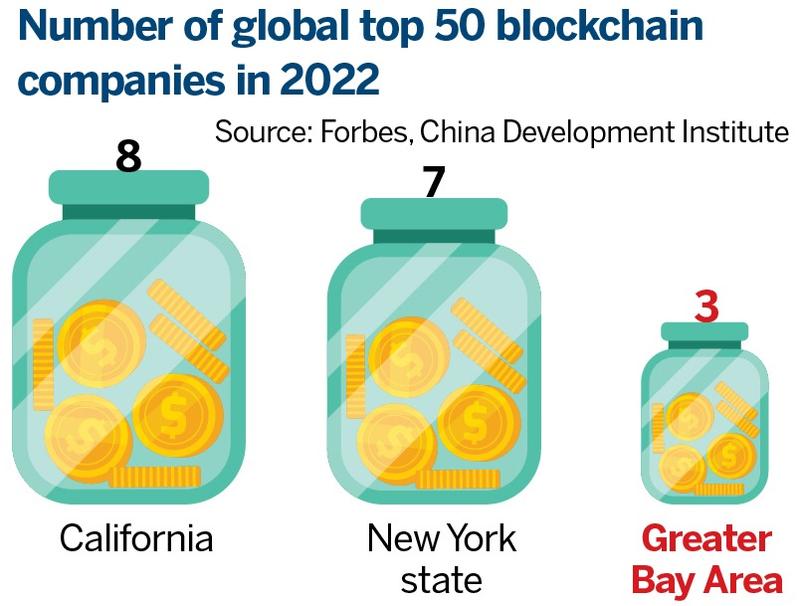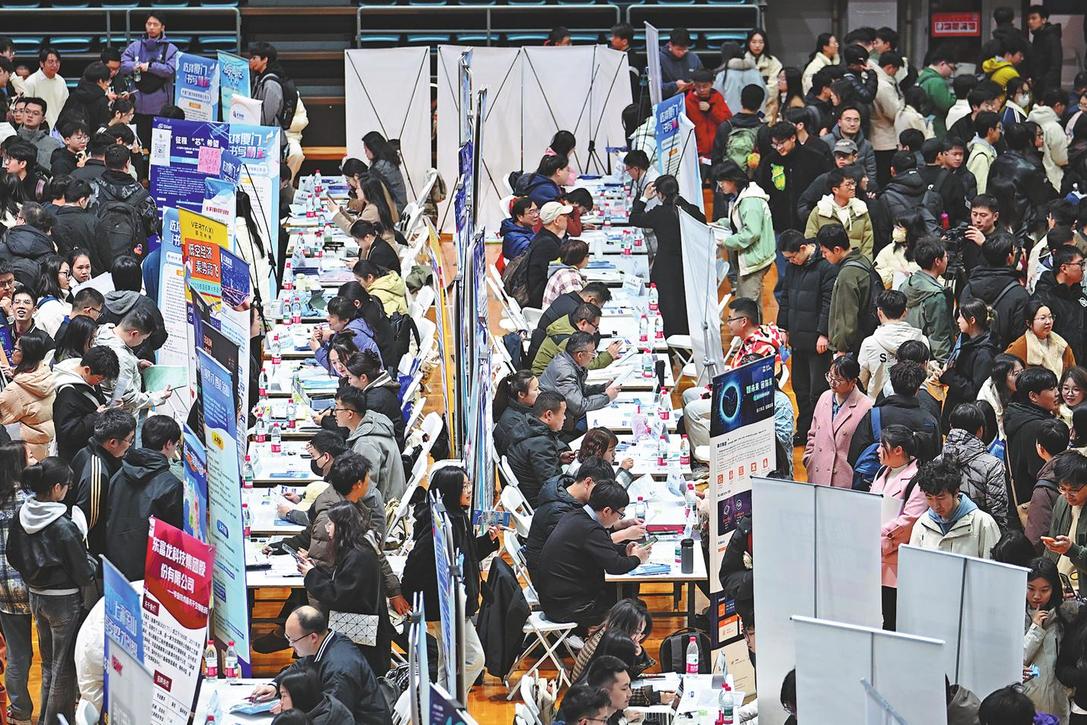Blockchain awaits GBA data interfaces


Chen said all parties involved in the supply chain "can share data digitally for faster and safer goods release, as all the information is captured on the blockchain". It can help reduce the entire processing time from days to hours.
Martyn Huckerby, head of competition law Asia-Pacific at Tiang & Partners, a Hong Kong law firm providing legal services for GSBN, added that blockchain could cut headcount and wasted paper in the maritime supply chain.
Participants in the GSBN don't need to have a separate set of records any more. "If each party in the supply chain needs a separate copy of all the records, there's excessive duplication."
As to challenges, Huckerby said the primary concerns about implementing the proposed arrangements would be devising the appropriate legal structure, negotiating key commercial agreements, and addressing potential privacy and data security concerns.

Health-code conversion
The Health Code Conversion System between Guangdong province and Macao exemplifies the advantages of blockchain data integrity. Since quarantine-free travel between Guangdong and Macao was allowed in 2020, verifying health-code systems was required for each traveler. However, personal data, especially health information, is not supposed to be directly exchanged between the two different jurisdictions of Guangdong and Macao, making the mutual-recognition mechanism particularly complicated to implement.
A blockchain-based system of mutual health-code recognition was launched for the reopening of the border. More than 200 million travelers have used the portal as an indispensable facilitator for cross-border movement despite the pandemic. When a Guangdong resident downloads his or her health information, it is automatically encrypted and saved on the blockchain network. An encrypted string is generated, linking the URL of the resident's identification data.
Upon receiving the ID and the corresponding URL, Macao authorities can verify it on the blockchain system.
Users don't need to enter their personal information repeatedly on another region's platform.The process is executed backstage, and the health code conversion is made seamless. The average time to receive, convert, and generate the health code for first-time users is 100 seconds, and 3 seconds for subsequent cycles.























